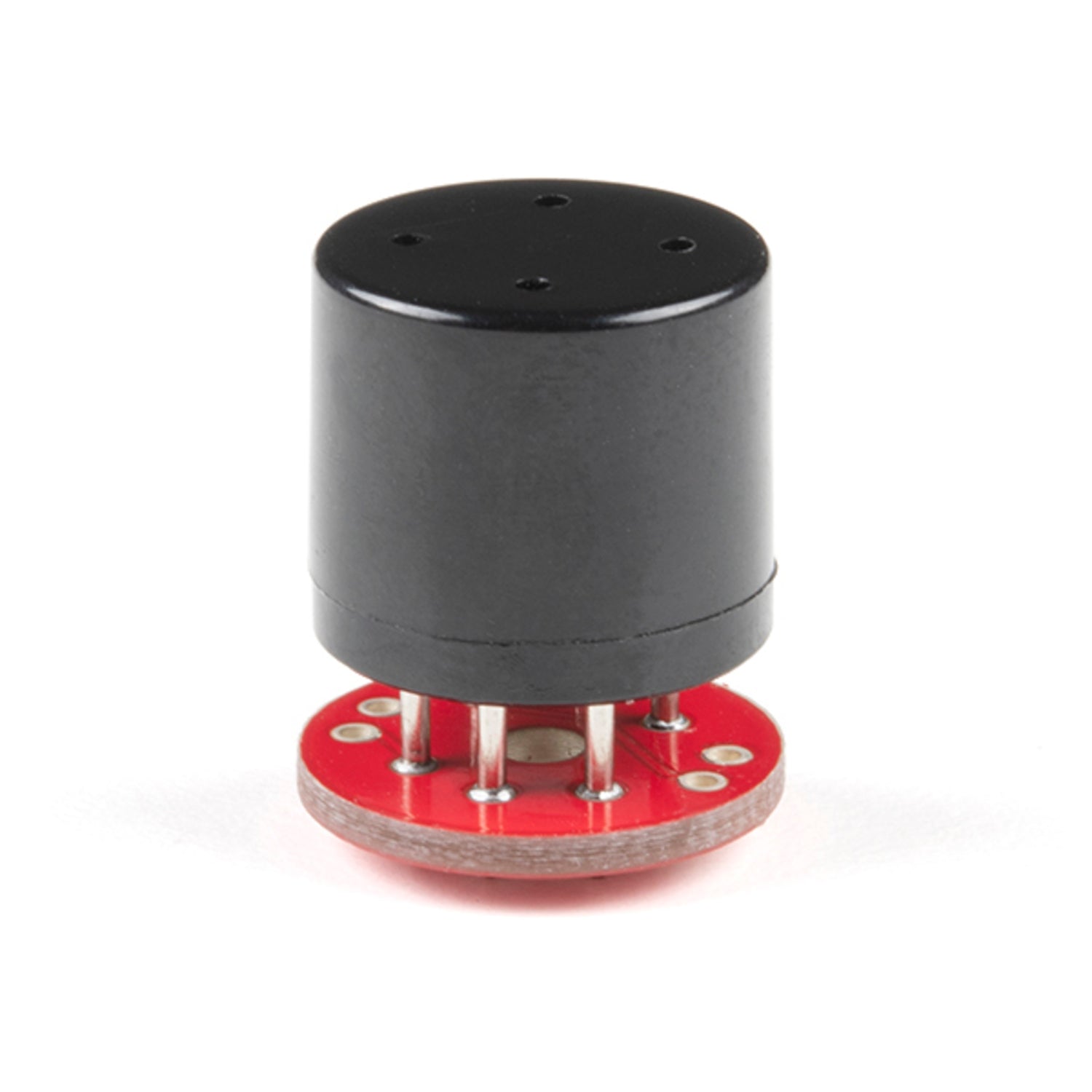The MQ - 131 from Winsen is an excellent low - concentration ozone gas sensor. Its sensing material, WO₃, makes it have lower conductivity in clean air and higher conductivity as the ozone concentration goes up. This sensor is highly sensitive to ozone and also to strong oxides like Cl₂ and NO₂. It reacts oppositely to organic interference gases. With a sensing range of 10 - 1000ppm, measuring the conductivity change and converting it to data is straightforward via a simple circuit, though calibration is needed. For easy soldering, use our Gas Sensor Breakout Board.


Using the MQ - 131 gas sensor is quite simple. First, connect it to the Gas Sensor Breakout Board for easy soldering. Then, place it in the area where you want to detect ozone. The sensor will start working and the simple circuit will measure the conductivity change and turn it into data. However, you need to calibrate it before use to get accurate results. When using, avoid placing it near organic interference gases as it reacts oppositely to them. For maintenance, keep it clean and dry. If you notice any abnormal readings, check the connections and consider recalibrating the sensor.







